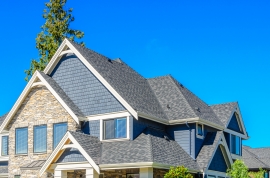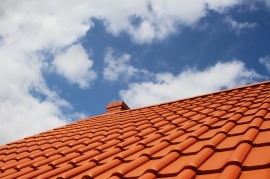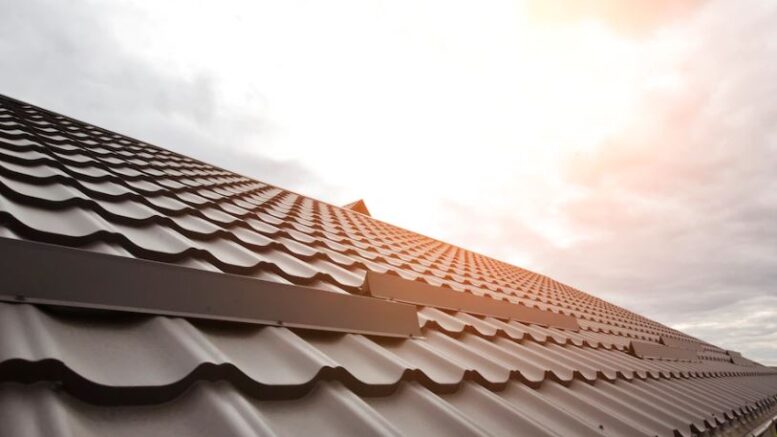
There are many roofing types, each with its pros and cons. The type of roofing you choose for your home will depend on various factors like budget and style preferences. This article will go over the different kinds of roofing available today, as well as what makes them unique from one another.1. Composite asphalt shingle
Composite asphalt shingle roofs are North America’s most common roofing material type. They’re cost-effective and long-lasting, but they do have some downsides. They’re heavy, so you can’t use them on steeply pitched roofs. Their weight also means they aren’t ideal for areas with high winds or seismic activity.
However, if you choose composite shingles, you’ll benefit from their weatherproofing capability and durability. They’re fire resistant – a must for some insurance companies – and can withstand all climates without wearing out too quickly.
2. Wood shingle
Wood shingles are the most popular choice for homeowners because they are affordable, durable, and easy to install. They are made from cedar, pine, or other types of wood and may come in a variety of colors. They’re also available with a smooth or textured surface for added style. Wood shingles can also last anywhere from 30 to 40 years, depending on how well you care for them and how often you replace them after damage occurs.
3. Clay and concrete tiles

Clay and concrete tiles are the best choices for a fire-resistant roof. The clay is naturally fire-resistant, and when combined with concrete, it’s even more durable. Clay tiles can last up to 100 years before needing to be replaced and are a great option if you want your home to look unique. They come in different shades of red and brown that add visual interest to any home’s exterior.
Concrete tiles are also an excellent choice if you want your roofing material to stand out from the rest of your neighborhood. They’re made from natural materials such as sandstone or marble and will last much longer than asphalt shingles (which can only last 10 to 30 years). While they may seem expensive at first glance compared with asphalt shingles, they’ll actually save money over time because their long lifespan means fewer replacements needed over time.
4. Slate roofing
Slate roofing has been around for centuries and is still a popular choice for many homeowners. This material is very durable, making it perfect for areas that experience heavy snowfall. Slate roofs also tend to be very resistant to fire and wind damage. This can make them suitable in areas where these natural phenomena are typical or even expected.
For example, if you live in a coastal area with frequent storms or hurricanes coming through your neighborhood every year or in a place where wildfires are commonplace during certain seasons of the year (such as California). Slate tiles can last up to 100 years with proper maintenance and care, making them one of the most cost-effective options available today for residential roofs!
5. Corrugated metal roofing
Corrugated metal roofing, or rib type roofing, is a standard residential and commercial roofing choice. Its many benefits include its low cost, versatility, and durability. They are also more customizable than other types of roofs due to their ability to be painted or coated in specific colors. When it comes to the rib type roofing price, it can vary quite a bit. On average, you should expect to pay approximately $15,000 for a corrugated metal roof that covers 3,000 square feet (2.79 a).
In addition, corrugated metal roofs can last anywhere from 40 to 70 years depending on maintenance and wear-and-tear factors such as location and climate conditions. However, there are disadvantages associated with this type of roofing material as well. They include difficulty using standard tools while installing them at home or on a building site without help from an expert contractor or professional.
6. Membrane roofing
Membrane roofing is a type of flat roofing material made of rubber or synthetic rubber. It can be rolled out onto the roof much like a sheet and then fastened with nails or staples to create an airtight seal between the membrane and the substrate below it, such as plywood or concrete. The membrane itself is usually black, but it may also come in white or gray, depending on what’s available at your local hardware store.
They are typically installed over existing roofs because they don’t require tear-off, just installation. This means that if you have an older metal, tile, or shingle roof that still looks great but has begun leaking lately due to age, you could install a new membrane over the top of it instead of having to replace everything from scratch and save yourself some money in the process!
In Summary
It’s essential to have a solid understanding of the different types of roofing materials so you can make an informed decision about what type is best for your home. It’s also important to remember that not all materials are right for every job-even if they look similar on paper. So don’t get caught up in the details without first considering the bigger picture!

Be the first to comment on "6 Types of Roofing and Why You Should Choose Each One"